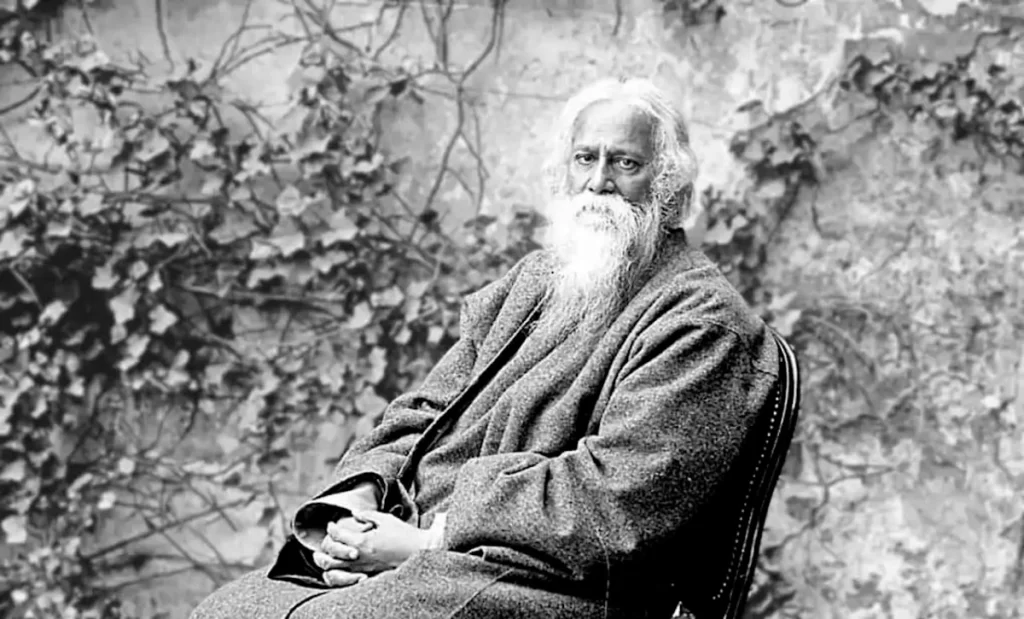A Comprehensive Rabindranath Tagore Biography
I don’t know who paints the picture of life into our embedded memories, but whoever it is, only paints. He is ready with a brush to reprint every incident that happens in life, of course, opting for what to keep and what not to.
Rabindranath Tagore
This is how Tagore started his Autobiography Jiban Smriti. Being a polymath and one of the crucial faces during the Bengal Renaissance, he dived into many important cultural aspects of Bengal that would reshape its society and bring a new cultural wave.
Rabindranath Tagore was born into a Zamindar family hailing from Jorasako, Calcutta, but their Zamindari was traced to now Bangladesh and several of its provinces. The Indian literature maestro’s childhood and life in an intellectually rich family moulded his personality to become what was considered unparallel at that time and even today.
Here are 11 things that made the Nobel Prize literature winner, Tagore nonpareil.
1. He Started Painting at the Age of 65
Much later in his life, Rabindranath Tagore, in his 60s to be precise, took a keen interest in painting, calling it “an affair in the old age”. He was a self-taught artist and started painting for the sake of curating money for his newly built establishment Shantinikaten.
2. The Eyes of Tagore’s “Human Faces”
In Rabindranath Tagore’s biography, it is stated that he could not draw anyone else’s eyes other than that of his closest friend and sister-in-law Kadambari Devi with whom he shared platonic relations. He was devastated by the suicide of Kadambari and it created a great impact on his poetry, art and writings alike. His “Human faces” according to him, contains the eyes of Kadambari.
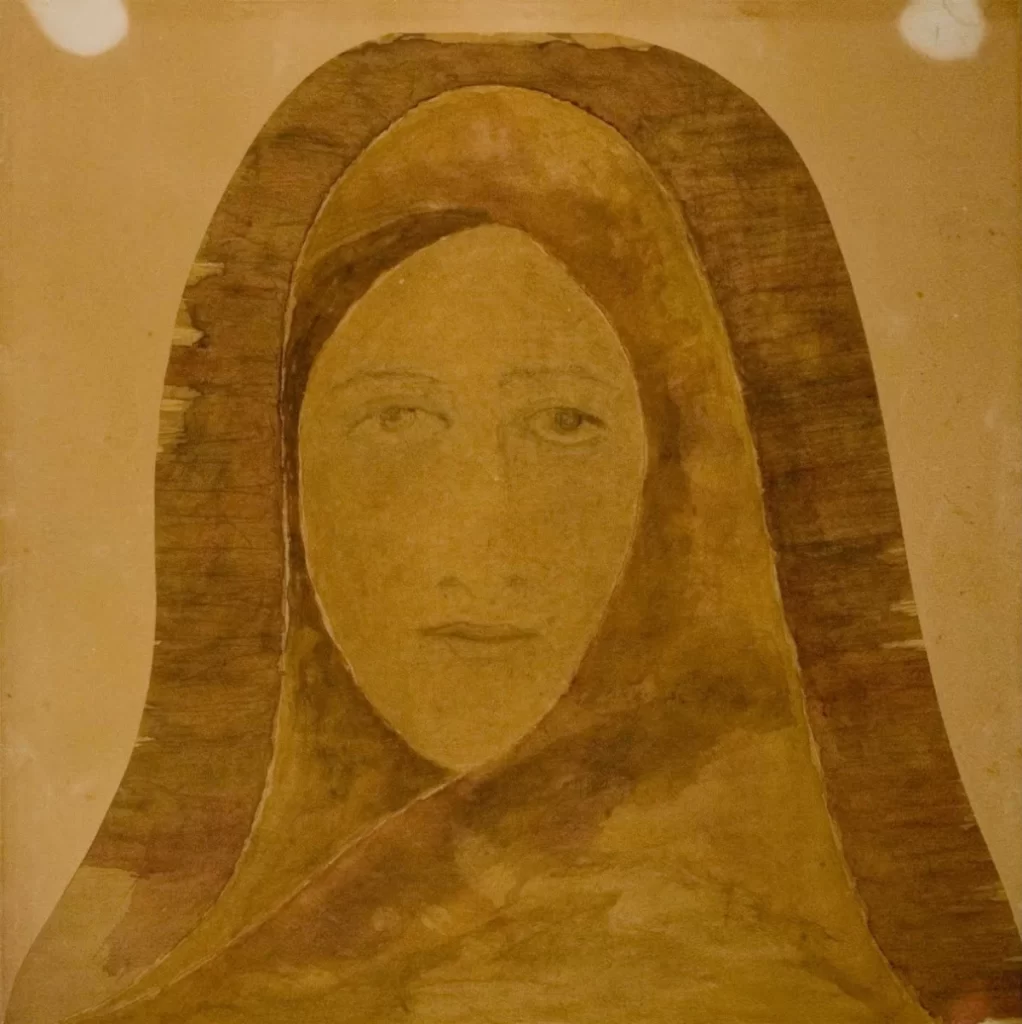
3. Founded the then Art Capital of India, Visva Bharati
Rabindranath Tagore was always an advocate of education, cultural exchange and creating a learning environment for students. He established Visva Bharati, on the land his father got, to get away from the city’s chaos. He called it Shantiniketan (Land of Peace). In the coming years, Shantinikaten became the cultural hub of India, filled with artists like Nandalal Bose, Ramkinkar Baij, Binode Behari Mukherjee, Jamini Roy etc. who played an important role in the Bengal School of Art.
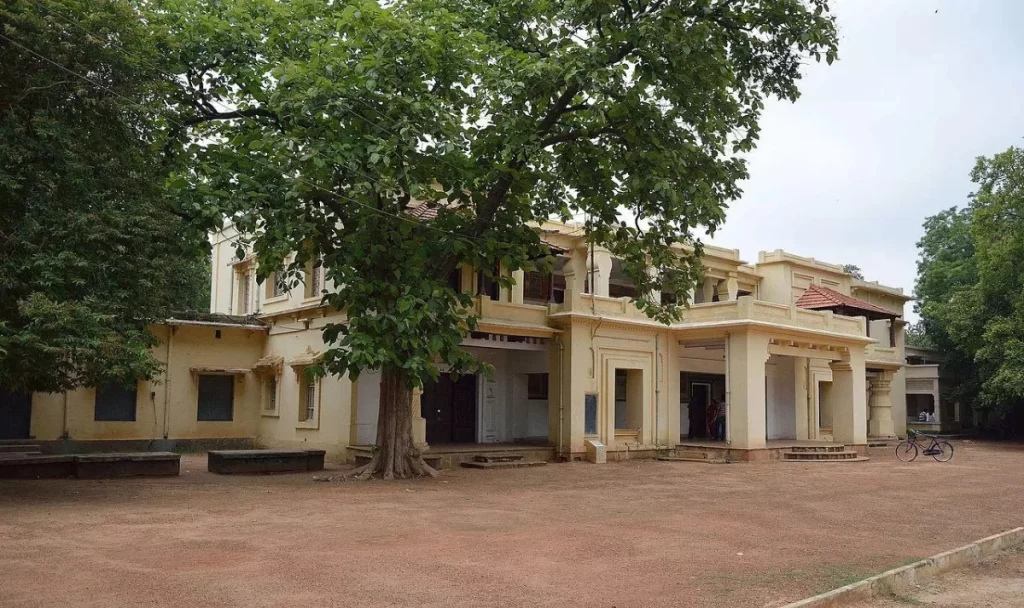
4. Rabindranath Tagore Paintings
Rabindranath Tagore’s Paintings travelled across Europe, Russia, the USA etc. While he painted 2500 paintings in the last 17 years of his life, most of his paintings were connected to surrealism and abstract art especially the animals he painted calling them “a probable animal that never existed.” His works were often imbued with sadness most probably because of the deaths he had seen in his family, rapidly eradicating his loved ones.

Courtesy – Mutual Art
5. Tagore and His Erasures
Among all his art, erasures became popular because of its uniqueness. He started scribbling in his earlier years, creating erasures that now can be witnessed at the “Rabindra Sadan” metro in Kolkata.
6. Revelation of Rabindranath Tagore’s Artwork
Much to people’s surprise, the artwork was never as popular as Rabindranath Tagore’s poems and writings during his lifetime, it is in fact after his death that his creation titillated audiences and was taken as a serious business.
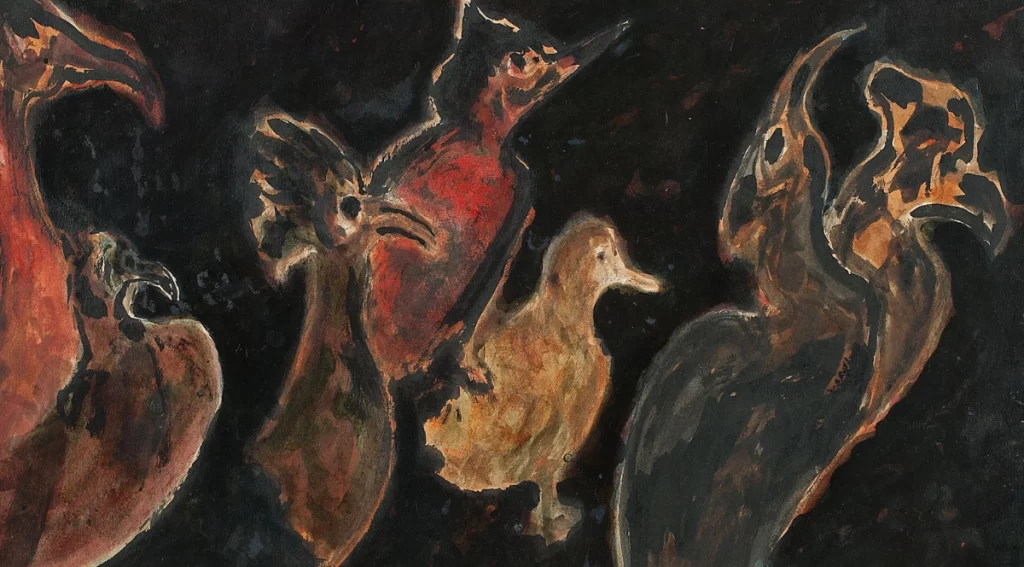
7. Created “Brajabuli” Language
According to Rabindranath Tagore’s biographies, he wrote Padavalis, inspired by Vidyapati’s (Maithili poet) writings. He accumulated the essence of Maithili and Bengali together to create the language “Brajabuli” (Not to get confused with Braj Bhasa) and wrote songs that he called “Bhanusingher Padavali”.
8. Western and Folk/Baul Music Was His Inspiration
Tagore was always fascinated by folk/Baul and classical Western music and embedded it in his songs, which of course he credited to its due sources. During his time in Shilaidaha (part of his Zamindari), Tagore explored Baul and dedicated a whole section to it during his musical journey.
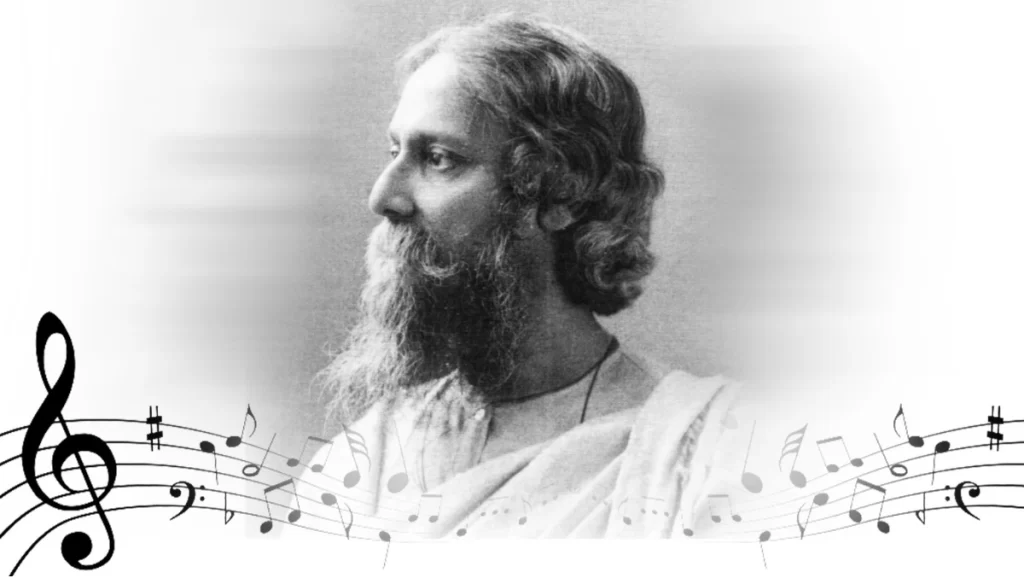
9. Tagore’s Artistic Family
Rabi Thakur was not the only artistic one in his family, his nephews, Abanindranath and Gaganendranath were the pioneers of the Bengal School of Art. His niece Sunayani Devi was an untrained painter and often held exhibitions along with Pratima Devi (Tagore’s daughter-in-law). Jyotindranath Tagore, Rabindranath’s brother was also an eminent artist and theatre lover.

10. Tagore’s Inspiration Behind Human Faces
Apart from the demise of his family members, Rabindranath Tagore’s paintings, especially faces were also inspired by his travels to Bali, Indonesia and Japan. This cultural interchange helped him draw faces.
11. War Poet Owen and Gitanjali:
After the demise of war poet Wilfred Owen, his mother found a pocketbook in his belongings and wrote a letter to Tagore describing how much it affected her and Owen. The letter goes as:
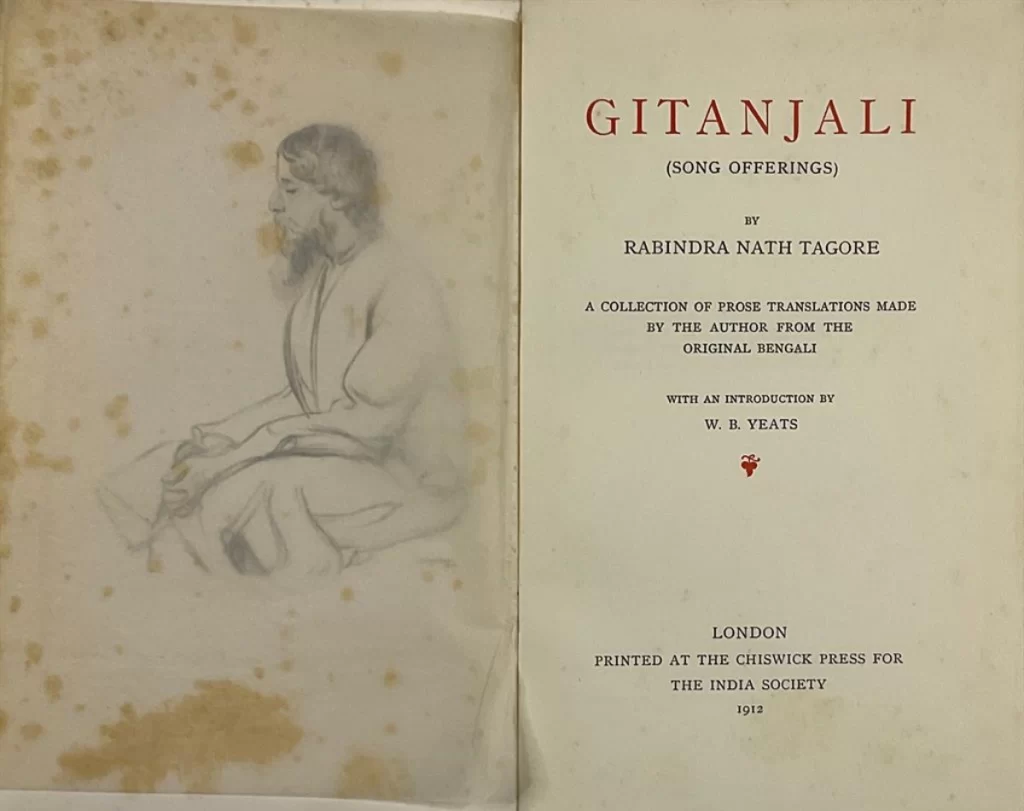
Dear Sir Rabindranath,
I have been trying to find the courage to write to you ever since I heard that you were in London – but the desire to tell you something is finding its way into this letter today. The letter may never reach you, for I do not know how to address it, tho’ I feel sure your name upon the envelope will be sufficient. It is nearly two years ago, that my dear eldest son went out to the War for the last time and the day he said Goodbye to me – we were looking together across the sun-glorified sea – looking towards France with breaking hearts – when he, my poet son, said these wonderful words of yours –
‘jabar diney ei kawthati boley jeno jai –
ja dekhechi, ja peyechi tulona tar nai’ –
‘When I leave, let these be my parting words:
what my eyes have seen, what my life received, are unsurpassable.’
And when his pocketbook came back to me – I found these words written in his dear writing – with your name beneath. Would I be asking too much of you, to tell me what book I should find the whole poem in?
This was the letter written by Owen’s mother to Tagore after the death of her son. The book was ‘Gitanjali‘ for which he received the Nobel Prize literature.
Image Courtesy – Owlcation
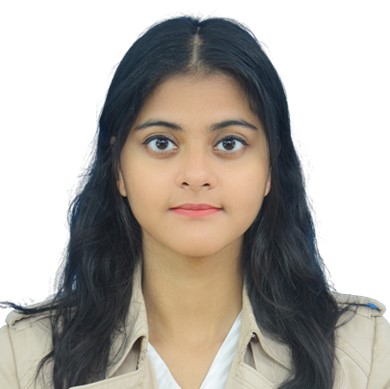
Pratiksha is an art enthusiast and writer.


